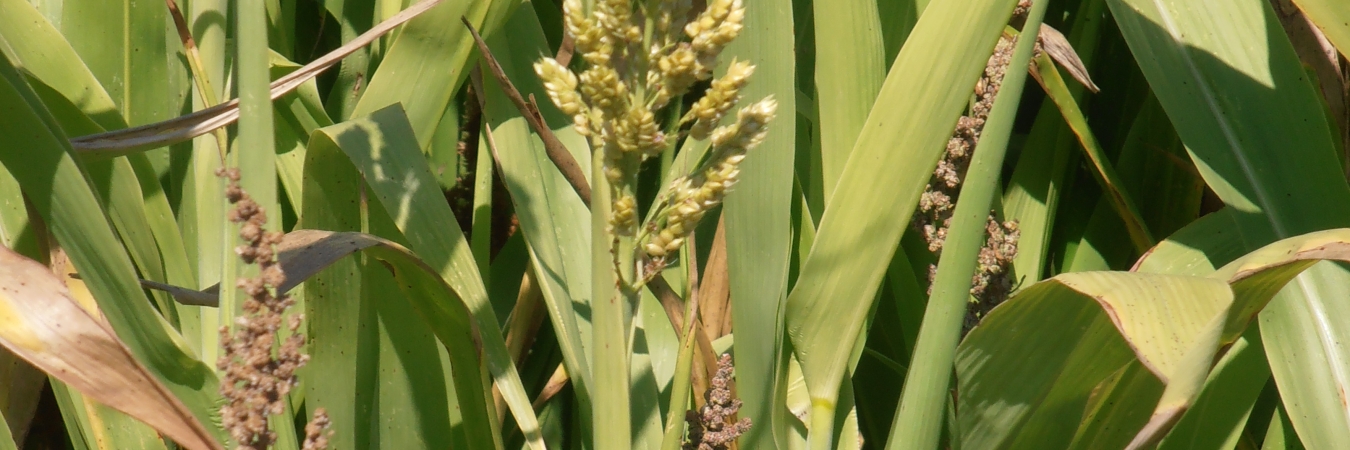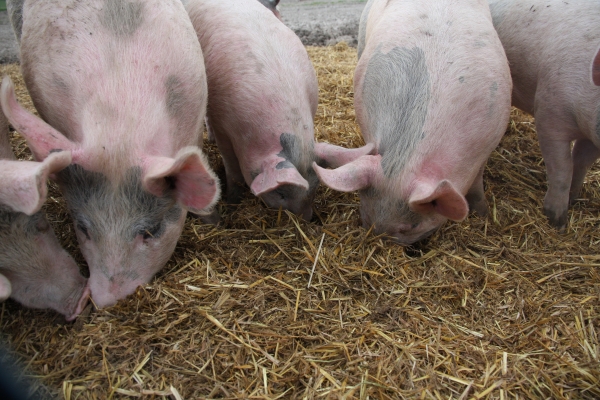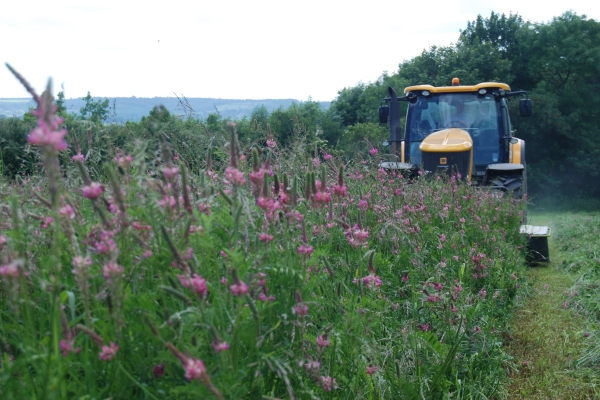Silage sorghum, an alternative to silage maize
DiverIMPACTS Practice Abstract
Resource explained
Growing different forage crops with varying drought stress tolerance can increase resilience to weather extremes. Forage production of silage maize becomes increasingly challenging with higher chances of drought and excessive water due to climate change, soil quality degradation, increased pressure of pests and diseases, and legal limitations in nitrogen and phosphorous fertilisation rates. This abstract outlines some practical recommendations for producing silage sorghum. While it’s based on experiences in other European countries, it could be seen as having potential for being grown as silage in the UK where it is currently largely grown as a cover crop – some varieties can be grown in areas where maize can be established. The abstract was created as part of the DiverIMPACTS (Diversification through Rotation, Inter-cropping, Multiple Cropping, Promoted with Actors and value-Chains towards Sustainability) project.
Findings & recommendations
- Silage sorghum tolerates less fertiliser and is less susceptible to pests and diseases than maize. Its deeper roots can allow for better drought tolerance and increase in soil carbon.
- Ploughing prior seeding elevates the soil temperature and suppresses weeds. Consider making a false seedbed prior to seeding.
- Sorghum growth can be slow at the beginning. Make sure you are on top of weed management as yield loss due to weeds is larger with sorghum than with maize.
- Dry matter contents lower than 32 % are recommended for silage.
- Sorghum contains hydrocyanic acid, it is best not to graze it.
- Sorghum can be intercropped with maize – make sure you manage them so that they mature equally for a combined harvest.
Image courtesy of Phil Sumption. All Rights Reserved



